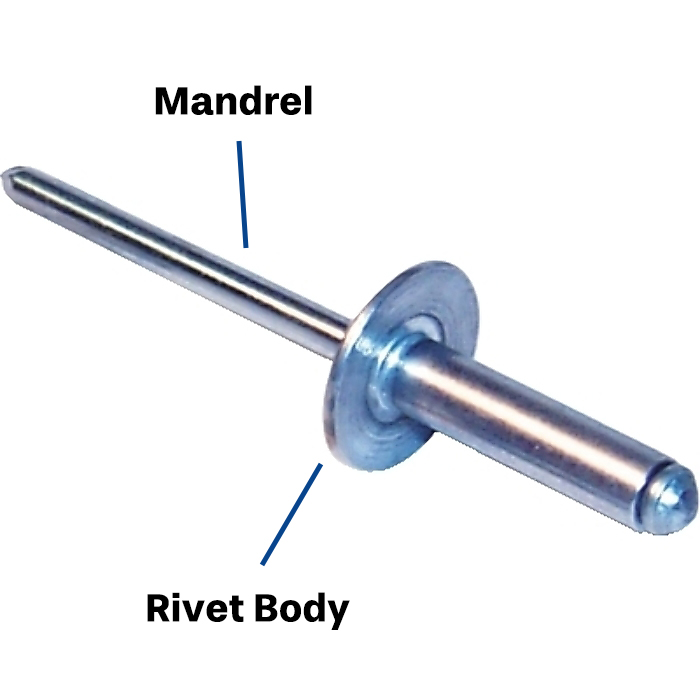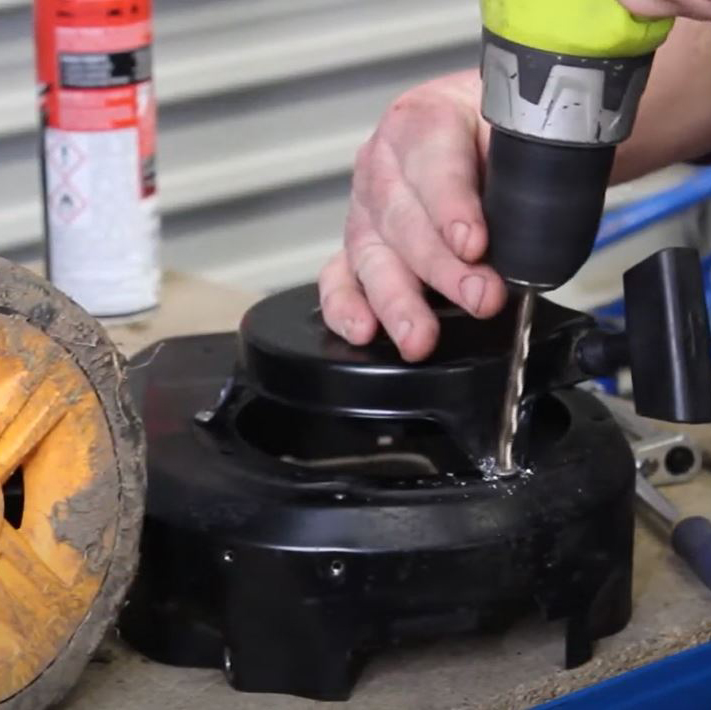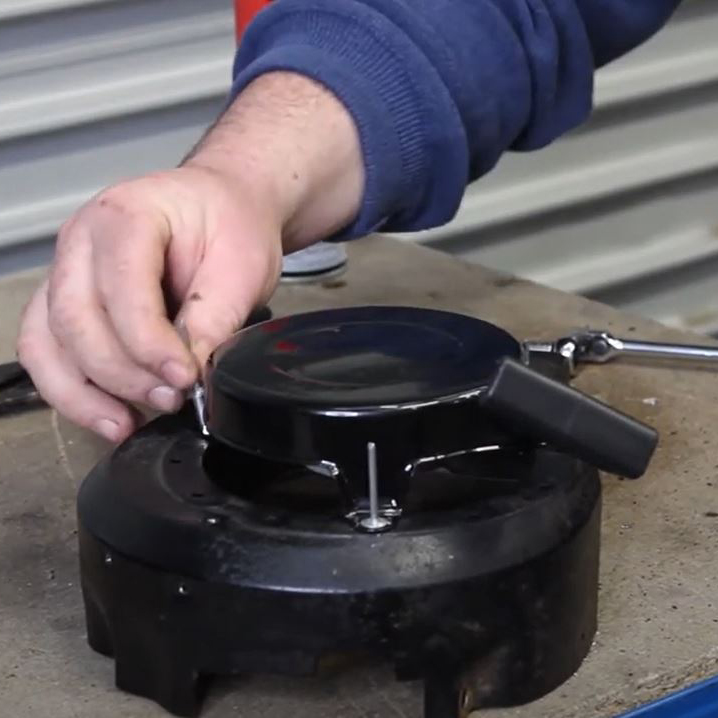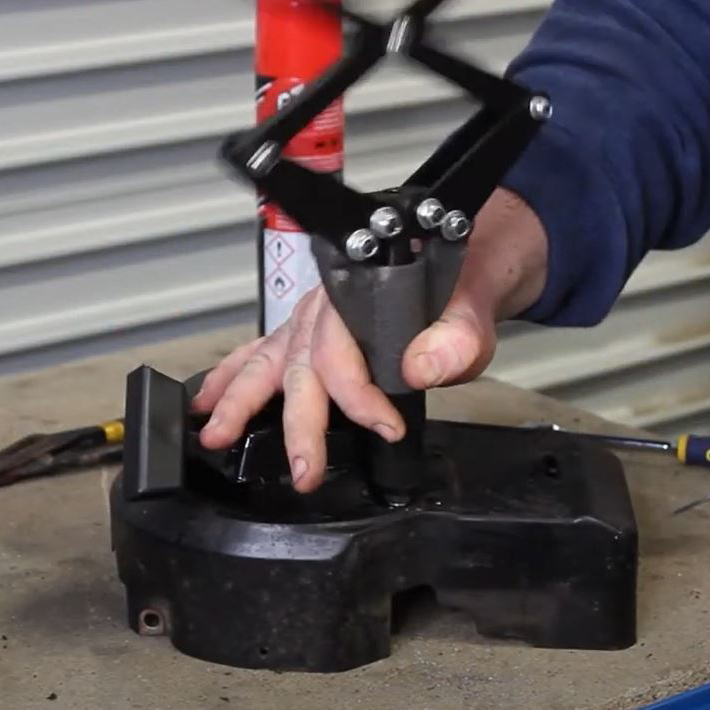Related Products
-
![]() PCL Twin Coupling Male Adapter£22.78 £18.98 As low as £17.08
PCL Twin Coupling Male Adapter£22.78 £18.98 As low as £17.08
Related Posts
1 Item

Beyond bolts and screws there is another method of securing materials using the method of pop riveting. This is used when there is limited space underneath where the two parts need to be connected.
This is a type of rivet which has been created to fix two parts together from the top side, unlike older methods which involved accessing underneath to secure parts together. The Original manufacture POP® created these rivets for manufacturing aircrafts in the war, which in turn then expanded into automotive, furniture and appliances.

Pop rivets involve using a riveter which pulls the mandrel into the body, causing the mandrel to expand and fix into place by forming a tight seal underneath. When secured, the mandrel pulled through will then completely snap off creating a permanent fixture.
This is the main base of how Pop Rivets work, however there are various types depending on what you are securing together.
Before starting, determining the type and size is important to make sure you get a secure bond. Measure the hole sizes in order to decide the size of the rivet, but never force a rivet into a hole if it’s too wide. Consider the length of the rivet in proportion, so this does not affect the underneath components. Additionally assess the head type and what materials it is going to secure. For example, flat or dome shapes as well as smaller or larger head sizes.
There are many different types of rivets to complete various jobs containing diverse tensile strengths.
Hollow blind rivets pre-assembled onto a headed pin or mandrel, these do well in most industrial riveting applications.
Fully sealed for applications that need to be water tight or when stem retention is paramount. When applied this rivet forms a seal and prevents passage of liquid or vapor at pressures up to 100psi.
For small applications such as for thin metal sheets and printed circuit boards. These are 2mm aluminium open-end rivets which makes them perfect for micro electronics.
This solution is when the clearance is limited and there needs to be a flush surface mostly used in the electronic industry.
Open end rivets used for more brittle materials such as plastic furniture and lighting, however, ensures a firm connection.
Please note: This example is on a Mcculloch M40-450C w/ Briggs and Stratton 9T502 Engine.
If the parts are already secured and for example in this case the recoil assembly needs to be removed from the housing, you will need to drill out the old rivets.



No copyright Infringement intended. Please note all information used is for informational use only. All copyright belongs to Stanley Engineered Fastening.
https://www.stanleyengineeredfastening.com/brands/pop